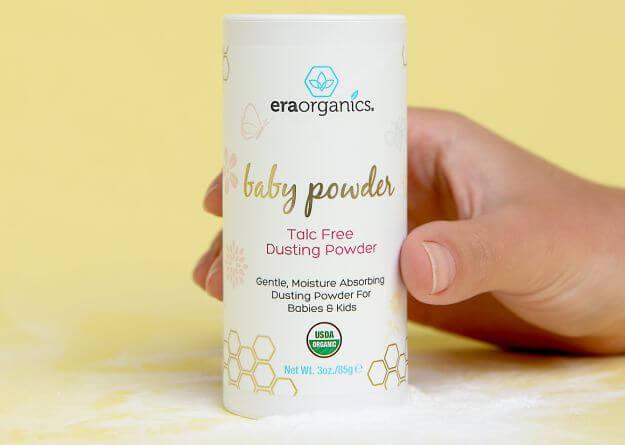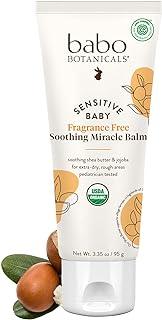Peanut Ball vs Birthing Ball
When it comes to labor and childbirth, comfort and progress are paramount. Two popular tools that many expectant mothers consider are the peanut ball and the birthing ball. Both serve distinct purposes and offer unique benefits, but which one is right for you? Let’s dive into a detailed comparison on Peanut Ball vs Birthing Ball.
What is a Peanut Ball?
Definition and Description
A peanut ball is an exercise ball shaped like a peanut, featuring a narrow middle and larger ends. This unique design allows for various positions that can be particularly beneficial during labor.
Benefits of Using a Peanut Ball
Using a peanut ball during labor can significantly enhance your comfort and help progress labor. It can be placed between the legs to keep the pelvis open, which may help with dilation and facilitate the baby’s descent. Additionally, it can provide support and help manage pain during contractions.
What is a Birthing Ball?
Definition and Description
A birthing ball is essentially a large exercise ball, typically used for prenatal exercises and during labor. It’s round and sturdy, providing a dynamic surface to sit, bounce, or lean on.
Benefits of Using a Birthing Ball
Birthing balls are versatile tools that can help alleviate lower back pain, improve posture, and encourage optimal fetal positioning. During labor, sitting on or leaning over a birthing ball can help with pain relief and relaxation, potentially speeding up labor.
Comparing Peanut Ball and Birthing Ball
Shape and Design Differences
The primary difference lies in their shapes: the peanut ball is elongated with a dip in the middle, while the birthing ball is round. This difference in design influences their usage and the specific benefits they offer.
Material and Durability
Both balls are typically made from durable, anti-burst materials, ensuring they can withstand the weight and pressure exerted during labor. However, it’s essential to choose high-quality options to ensure safety and longevity.
Benefits for Labor and Delivery
How Each Ball Assists in Labor
The peanut ball is excellent for side-lying positions, which can help open the pelvis and assist in fetal descent. It’s particularly useful for those who need to stay in bed or have an epidural.
The birthing ball, on the other hand, allows for a variety of movements. You can sit and bounce on it to help with dilation, use it for pelvic tilts to encourage optimal fetal positioning, or lean on it to alleviate back pain.
Specific Benefits for Pain Relief
Both balls can provide significant pain relief. The peanut ball can help reduce pressure on the pelvis and lower back, while the birthing ball can ease discomfort through gentle movement and positioning.
Enhancing Labor Progression
Using these balls can encourage labor progression by helping with dilation and the baby’s descent. The peanut ball’s ability to maintain pelvic openness and the birthing ball’s promotion of movement and relaxation both play critical roles.
Uses During Pregnancy
Prenatal Exercises with a Peanut Ball
The peanut ball can be used for various prenatal exercises, such as hip stretches and pelvic tilts, which can help prepare your body for labor and delivery.
Prenatal Exercises with a Birthing Ball
Birthing balls are great for a wide range of prenatal exercises, including squats, pelvic tilts, and bouncing exercises. These activities can enhance flexibility, strength, and overall comfort during pregnancy.
Postpartum Uses
Postpartum Recovery with a Peanut Ball
After delivery, the peanut ball can aid in postpartum recovery by providing support during pelvic floor exercises and helping to alleviate pressure on sensitive areas.
Postpartum Recovery with a Birthing Ball
Similarly, a birthing ball can be used for gentle postpartum exercises, helping to strengthen the core and pelvic floor muscles, and providing a comfortable seat during breastfeeding.
Choosing the Right Ball for You
Factors to Consider
When choosing between a peanut ball and a birthing ball, consider factors such as your specific needs during labor, your physical condition, and your comfort with different positions and exercises.
Personal Preferences and Comfort
Personal preference plays a significant role. Some women find the peanut ball more comfortable for side-lying positions, while others prefer the versatility and dynamic use of a birthing ball.
Safety Tips and Guidelines
Proper Usage Techniques
To use these balls safely, ensure they are properly inflated and used on a non-slip surface. Follow recommended exercises and positions to avoid strain or injury.
Safety Precautions
Always consult with your healthcare provider before using these tools, especially if you have any medical conditions or complications. Ensure that the ball’s size is appropriate for your height and weight.
Common Myths and Misconceptions
Debunking Myths About Peanut Balls
Some myths suggest that peanut balls are only for women with epidurals or that they can cause complications. In reality, they can benefit a wide range of laboring women and, when used correctly, can enhance labor progression without added risks.
Debunking Myths About Birthing Balls
Similarly, myths about birthing balls claim they are only for exercise or that they can induce labor prematurely. Birthing balls are safe for use throughout pregnancy and labor and do not induce labor on their own.
Testimonials and Experiences
Real Stories from Mothers
Many mothers have shared positive experiences with both peanut balls and birthing balls, highlighting how these tools provided comfort and helped with labor progression.
Feedback from Healthcare Professionals
Healthcare professionals, including midwives and doulas, often recommend these balls due to their proven benefits in enhancing labor comfort and progression.
Expert Recommendations
What Doctors and Midwives Say
Doctors and midwives advocate for the use of peanut and birthing balls, emphasizing their ability to facilitate a smoother and more comfortable labor process.
Research and Studies on Effectiveness
Research supports the effectiveness of these balls in labor, showing that they can reduce labor duration and improve maternal comfort and satisfaction.
Buying Guide
Where to Purchase
You can purchase peanut and birthing balls from maternity stores, online retailers, and some medical supply stores. Ensure you choose reputable brands known for quality and safety.
Price Ranges and Quality Indicators
Prices vary, but investing in a high-quality, durable ball is crucial. Look for anti-burst materials and good customer reviews to guide your purchase.
DIY Options
Making Your Own Peanut Ball
Creating a DIY peanut ball might be challenging due to its unique shape, but you can find tutorials online if you’re up for the task.
Making Your Own Birthing Ball
A birthing ball is easier to DIY if you already have a large exercise ball. Ensure it is properly inflated and in good condition for safe use.
Conclusion
Choosing between a peanut ball and a birthing ball depends on your specific needs, preferences, and comfort levels. Both offer unique benefits that can significantly enhance your labor and delivery experience. By understanding the differences and advantages of each, you can make an informed decision that best supports your journey through pregnancy, labor, and postpartum recovery.






